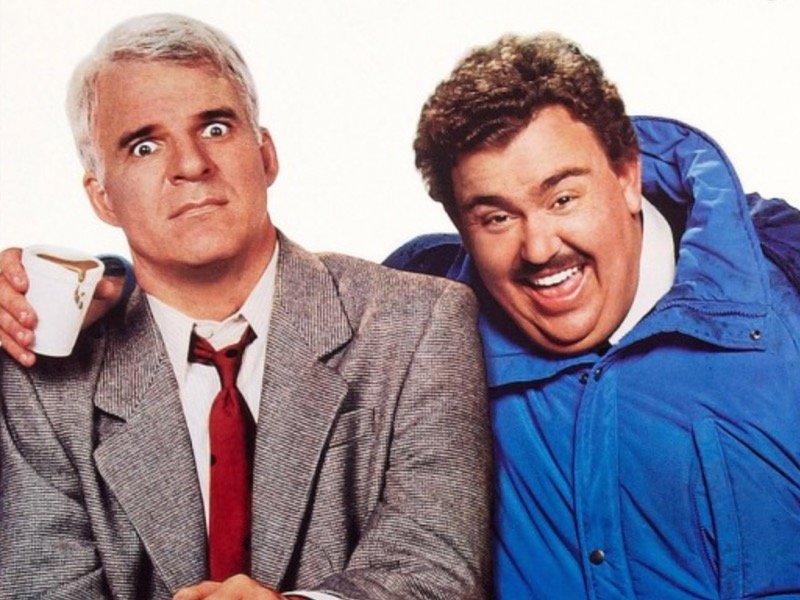What better setting for a kiss than a garden?
The LGBT Film / Video Festival hosts one of its monthly screenings on Thursday, Aug. 9, showing Andy Warhol's film "Kiss," at the Lynden Sculpture Garden, 2145 W. Brown Deer Rd., the open-air screening of 13 couples kissing is co-sponsored by the LGBT Community Center.
The film starts at 8 p.m. or whenever it gets dark enough for optimum viewing; doors to the sculpture garden open to picnickers at 7 p.m. Admission is $5 (Lynden Sculpture Garden members get in free.)
Festival organizers encourage film-goers to come early, spread out a blanket and picnic, peruse the art-populated grounds and, of course, kiss.
Lynden Sculpture Garden will be selling beer, wine, soda and water.
"The sculpture garden is a natural fit for an outdoor screening," says Carl Bogner, director of the film festival. "I wouldn't want to overstate the point, but a screen is itself a sculptural object."
"Kiss" is a silent, black-and-white film made over the course of several months during 1963-64 with members of Warhol's "Factory" (his art studio) and hangers-on to the Warhol scene. Bogner says Warhol conceived of "Kiss" as a series of shorts to be run individually at the start of longer films.
All the kissing scenes together run 48 minutes and are meant to be shown slowed down; Warhol projected the kisses at 16 frames per second. UWM Film Department projectionist Patrick Wodzinksi will be showing the film at the slowest available speed: 18 fps.
Kissing scenes are of women and men and men and men.
"I imagine that in 1963 the same-sex couples' kisses were shocking and their portrayal on film was one part of the emerging LGBT liberation movement. In that historical sense, 'Kiss' is very important. Artistically, I think it's going to make a fantastic backdrop for an evening's picnic," says Jennifer Morales, co-president of the LGBT Community Center, 1110 N. Market St.
Bogner says that "Kiss" is partly rumored to be "a parlor game response" to the Hays Motion Picture Production Code, which censored scenes of sexuality and physical contact, among other things.
"Per the Hays Code, for example, in any approximation of a kiss, lips were to touch for no longer than three seconds. Warhol staged his kisses for the duration of an entire 100-foot roll of 16-mm film, which is a little under three minutes," says Bogner, who also teaches in the Department of Film, Video, Animation and New Genres at UWM.
The 27th annual LGBT Film / Video Festival runs from October 18 to 21 this year. The festival has only been holding additional monthly screenings for the last two years and Bogner says these monthly events are just getting their legs.
The monthly screening of "Kiss" sets off a number of fall events, including the annual festival, which opens at the Oriental theater and then moves to the UWM Union theater. The Warhol film was picked because its lack of sound is going to work well in the sculpture garden and also as a precursor to filmmaker and Warhol scholar J.J. Murphy's visit to UWM.
Murphy will be at the UWM Union Theatre on Tuesday, Oct. 23 to introduce a screening of Warhol's "Hedy," a 1966 film about the shoplifting trial of Hollywood star Hedy Lamarr.
"This sound film features a legendary star performance by the drag legend Mario Montez as Hedy and also uncorks a set from the Velvet Underground," says Bogner.
Murphy has a new book, "The Black Hole of the Camera: The Films of Andy Warhol." Murphy's presentation on Warhol is part of the "Experimental Tuesdays" program at UWM which he will return to the following week to present a show of his own 16 mm work.
The "Kiss" screening at the Lynden Sculpture Garden is part of Bogner's expansion of the LGBT Film / Video Festival. Most of its monthly screenings, in addition to the festival program, have been in the UWM Union theater. Bogner would like to change that, even doing one of the monthly screenings at the LGBT Community Center.
"I think the festival and the community center are natural partners," says Bogner. "I'm looking to tap into their energy, get the festival integrated into the center's calendar of community events."
Bogner, the film specialist who says he spends "a lot of time in the dark," finds that his leadership of the festival makes it more "introverted" whereas the community center is more "extroverted."
But not everyone agrees with Bogner's self-assessment.
"Carl is great at reaching out to community groups, local businesses, and often overlooked populations to make sure that everyone who should be involved in the festival finds a way to be involved," says Morales.
Bogner initially had a lot of what he calls "corny ideas" for the "Kiss" screening, including a fundraising "kissing booth" for the community center at the sculpture grounds. Some of these ideas didn't pan out, but Bogner remains committed to having the festival support the sculpture space and to partnering with different organizations.
"While specifics have not been finalized, the LGBT Center looks forward to co-sponsoring future film festival screenings and events. The festival is one of Milwaukee's most beloved LGBT institutions, and it shares a mission with the LGBT Center to provide meaningful social, artistic and educational experiences for community members," says Paul Williams, co-president of the LGBT Community Center.
Royal Brevväxling is a writer, educator and visual artist. As a photo essayist, he also likes to tell stories with pictures. In his writing, Royal focuses on the people who make Milwaukee an inviting, interesting and inspiring place to live.
Royal has taught courses in critical pedagogy, writing, rhetoric and cultural studies at several schools in Wisconsin and Minnesota. He is currently Adjunct Associate Professor of Humanities at Milwaukee Institute of Art and Design.
Royal lives in Walker’s Point with his family and uses the light of the Polish Moon to illuminate his way home.







